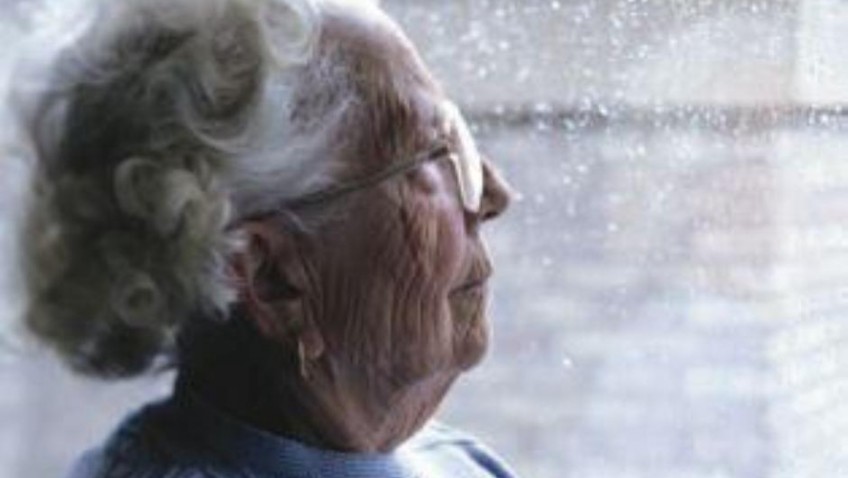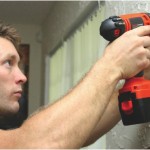Decent suitable housing underpins health and wellbeing particularly in later life.
This new report from national charity Care & Repair England sets out the national picture with regard to the scale of poor housing conditions amongst older people, its concentration in the owner occupied sector and the resulting impact on the health and wellbeing of an ageing population.
It includes new figures about ageing, disrepair and tenure that are not currently available anywhere else.
- 1.2 million of households 65 years or over live in a non-decent home – 79% are owner occupiers
- Poor housing costs the NHS £1.4 billion per annum
A national response to address private sector housing disrepair could bring significant economic and social gains for the whole country.
 Targeted help for older people on low incomes with chronic health and disabilities will not only support all older people to live a good later life in warm, suitable housing but will reduce growing demands on the NHS as it becomes increasingly hard to discharge people to cold unsafe homes.
Targeted help for older people on low incomes with chronic health and disabilities will not only support all older people to live a good later life in warm, suitable housing but will reduce growing demands on the NHS as it becomes increasingly hard to discharge people to cold unsafe homes.
Care & Repair England is a small, national charitable organisation set up in 1986 to improve the homes and living conditions of older people and believes they should be able to live in a decent home of their own choosing. Its aim is to:
- Ensure that older people can live independently and with dignity in their own homes for as long as they wish
- Connect housing, health and social care in ways that improve older people’s whole quality of life
- Work with older people to influence decisions about housing & the related services which affect their lives
Homes and Ageing in England
The BRE Trust is another charitable organisation which looks at the impact building has on our environment. Their report ‘Homes and Ageing in England’, was prepared on behalf of Public Health England.
Using data collected by the English Housing Survey, the findings show that there are over a million homes occupied by those over 55 where there is a significant risk to health (for example excess cold or of injury from falling on poorly designed steps, both inside and outside the home). Treating these avoidable illnesses and injuries costs the NHS over £600m a year. The paper provides costings and case studies for a range of remedial works, and calculates pay-back periods for them.
Co-author of the report, Helen Garrett says: “We hope that this paper will be of interest to professionals and academia working in the field of housing and/or health, including Health and Wellbeing Boards, housing providers and agencies supporting the care of the elderly, as well as national policy makers.”
Professor Kevin Fenton, National Director of Health and Wellbeing at Public Health England says: “We welcome this publication by BRE as a significant contribution to the understanding of the connections between housing and health. We hope that this will engender wider discussions around health and wellbeing, healthcare costs, prevention and the role which good housing plays in underpinning the health and wellbeing of older people.”





